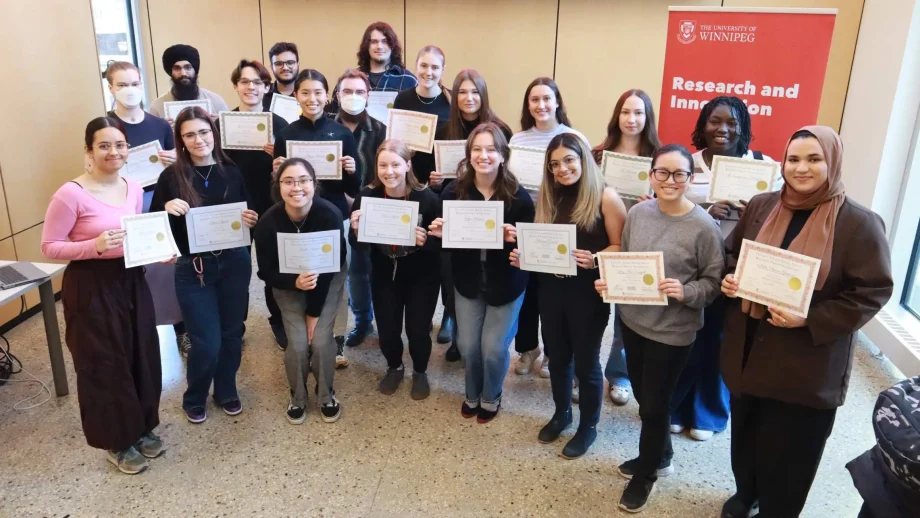Public safety communicators, such as 911 operators, dispatchers, and tactical support communicators, are the first point of contact in emergencies. They need to stay calm while gathering crucial information while people are in distress. It’s a demanding job that requires a high level of skill and resilience.
But this work receives little attention from the public. As many professionals say, public safety communication is still a “thankless job.” Occupational health and safety in this line of work is also overlooked.
Unlike other public safety personnel, communicators witness and respond to crises without seeing them.
Marcella Siqueira Cassiano
However, a team of researchers from three Canadian universities—The University of Winnipeg, MacEwan University, and Memorial University— will try to improve our understanding by investigating communicators’ work and its impact on wellness and well-being.
Professors Marcella Siqueira Cassiano (UWinnipeg, Department of Criminal Justice), Douglas Johnson and Tim Williams (MacEwan University), plus Dr. Stephen Czarnuch and Dr. Rosemary Ricciardelli (Memorial University) have been awarded a research grant of over $150,000 from the Government of Alberta for their study, Alberta CARES, which will examine the mental health and wellness of public safety communicators across Alberta. They will look for operational stress injuries (OSIs), such as anxiety, depression, and post-traumatic stress disorders, and identify factors associated with them. The team will also interview students enrolled in the Emergency Communication and Response certificate program at MacEwan about the importance of training to cope with occupational stress.
“I am super grateful to the Government of Alberta for selecting our project and honored to work and learn from individuals who are simply the best in their areas of expertise,” said Cassiano. “We will use this study to produce much-needed knowledge about employee wellness in such a crucial service for society.”
Johnson said the team hopes to create “useful and deployable” knowledge. “The secret of our project is collaboration,” he said. “The whole research process will be participative. We want the organizations working with us, police departments, fire departments, and emergency services, to have a voice in the project. While we know research, the services know the context and its limitations.”
In Canada, communicators still do not receive the same benefits as other public safety categories. Cassiano hopes this study will help them be recognized as first responders. “From the policy perspective, my underlying goal is to advocate for the recognition of communicators as ‘first responders,’ so they can be covered by the Memorial Grant Program for First Responders, which compensates the family of first responders who die because of work.”
Policymakers may not realize that what communicators hear may affect their health and wellness. “Unlike other public safety personnel, communicators witness and respond to crises without seeing them,” said Cassiano. “This makes it hard for people to grasp the correlation between being exposed to an event remotely and developing OSIs. People don’t always realize that you don’t have to be at the scene to provide emergency response.”
Cassiano is also excited about using this study as a student training opportunity. “We will use this study as an environment to teach research methods and substantive knowledge to undergraduate and graduate trainees. We need to spark the interest of young scholars in the labour side of public safety.”
Johnson and Czarnuch want to ensure communicators are prepared for the evolving technology of next generation 9-1-1, and use this as a platform to explore appropriate training delivery models to ensure our communicators are aligned with any and all emerging technologies and societal changes.
Cassiano will direct the study. Johnson will use his four decades of field experience to inform research design and data collection. Williams will use his experience as chair of MacEwan’s Public Safety and Justice Studies Program to convert study findings into enhanced training. Czarnuch will help the team consider the impact of technology advancements on employee wellness. Ricciardelli, a founding member of the Canadian Institute for Public Safety Research and Treatment (CIPSRT), will help the team convert study findings into policy recommendations.
Data collection will begin in fall 2024 and the team hopes to start sharing findings in summer 2025.





